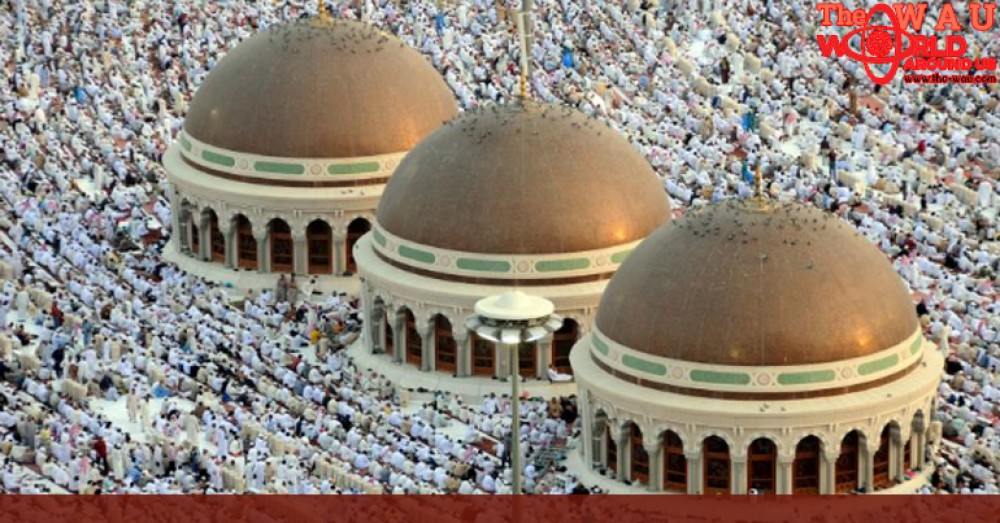The International Astronomy Centre in Abu Dhabi announced on Wednesday that the majority of Muslim countries will sight the crescent moon on Thursday, June 14, signalling the end of Ramadan.
That means that Eid al-Fitr, literally "the celebration of breaking fast" will land on June 15, the first of the three-day celebration.
Muslims around the world are now in the last ten days of Ramadan, the Islamic holy month where Muslims fast from sunrise to sunset.
Many will pull all-nighters in prayer to make the most of the sacred month, as they prepare to bid it.
Some Muslims practice i'tikaf in the final ten days of Ramadan, where they seclude themselves in a Mosque for a number of days and detach themselves from the world.
Muslims believe that the Holy Quran was revealed in the month of Ramadan, in a night called laylet al-qadr, the night of power. It is not known when laylet al-qadr falls on, but it is believed to be in an odd night in the final ten days, particularly the 27th night. You'll find mosques are packed a lot more for the evening taraweeh prayers in the final ten days, especially the odd nights.


The Islamic calendar follows a lunar one, and months begin when the first crescent of a new moon is sighted, making it difficult to know ahead of time exactly when a month begins or ends.
Since the lunar calendar is shorter than the solar year, Ramadan, and Eid al-Fitr migrates throughout the seasons, coming ten to twelve days earlier each year.
"Muslims are encouraged to start their day on Eid al-Fitr with a date, a break from the 29 or 30 days of fasting before it"
Eid al-Fitr marks the start of a new month Shawal after Ramadan, and is the tenth month in the Islamic calendar.
Muslims are encouraged to start their day on Eid al-Fitr with a date, a break from the 29 or 30 days of fasting before it, and head to the celebratory prayers.
...[ Continue to next page ]
Share This Post












